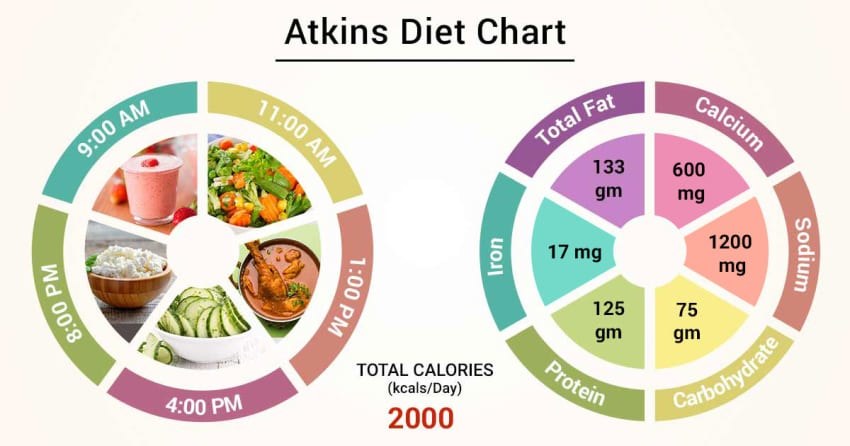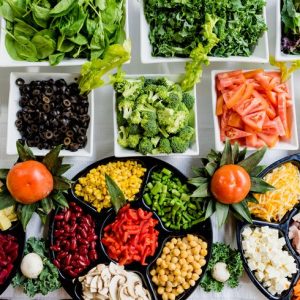The Atkins diet is a low-carb diet, normally suggested for weight reduction.
Advocates of this diet guarantee that you can get thinner while eating as much protein and fat as you need, as long as you dodge nourishments high in carbs.
In the previous 12 or so years, more than 20 investigations have indicated that low-carb diets without the requirement for calorie tallying are powerful for weight reduction and can prompt different wellbeing upgrades.
The Atkins diet was initially advanced by the doctor Dr. Robert C. Atkins, who composed a top of the line book about it in 1972.
From that point forward, the Atkins diet has been mainstream everywhere throughout the world with a lot more books having been composed.
The diet was initially viewed as undesirable and vilified by the standard wellbeing specialists, for the most part, because of its high soaked fat substance. Be that as it may, new examinations recommend that immersed fat is innocuous,
From that point forward, the diet has been concentrated completely and appeared to prompt more weight reduction and more noteworthy enhancements in glucose, “great” HDL cholesterol, triglycerides, and other wellbeing markers than low-fat diets.
Notwithstanding being high in fat, it doesn’t raise “awful” LDL cholesterol by and large; however, this occurs in a subset of people.
The fundamental motivation behind why low-carb diets are so viable for weight reduction is that a decrease in carbs and expanded protein admission lead to diminished hunger, causing you to eat fewer calories without contemplating it
The Atkins diet is part of 4 unique stages:
Stage 1 (acceptance)
Under 20 grams of carbs every day for about fourteen days. Eat high-fat, high-protein, with low-carb vegetables like verdant greens. This launches the weight reduction.
Stage 2 (adjusting)
Slowly include progressively nuts, low-carb vegetables, and limited quantities of the organic product back to your diet.
Stage 3 (calibrating)
When you’re near your objective weight, add more carbs to your diet until weight reduction eases back down.
Stage 4 (upkeep)
Here you can eat the same number of sound carbs as your body can endure without recapturing weight.
You ought to maintain a strategic distance from these nourishments on the Atkins diet:
- Sugar: Soft beverages, natural product juices, cakes, sweets, frozen yogurt, and so forth.
- Grains: Wheat, spelled, rye, grain, rice.
- Vegetable oils: Soybean oil, corn oil, cottonseed oil, canola oil, and a couple of others.
- Trans fats: Usually found in handled nourishments with “hydrogenated” on the fixings list.
- “Diet” and “low-fat” nourishments: These are typically high in sugar.
- High-carb vegetables: Carrots, turnips, and so on (acceptance as it were).
- High-carb organic products: Bananas, apples, oranges, pears, grapes (enlistment as it were).
- Starches: Potatoes, yams (acceptance as it were).
- Vegetables: Lentils, beans, chickpeas, and so on (enlistment as it were).
You should base your diet around these solid nourishments.
- Meats: Beef, pork, sheep, chicken, bacon, and others.
- Greasy fish and fish: Salmon, trout, sardines, and so forth.
- Eggs: The most beneficial eggs are omega-3 improved or fed.
- Low-carb vegetables: Kale, spinach, broccoli, asparagus, and others.
- Full-fat dairy: Butter, cheddar, cream, full-fat yogurt.
- Nuts and seeds: Almonds, macadamia nuts, pecans, sunflower seeds, and so forth.
- Solid fats: Extra virgin olive oil, coconut oil, avocados, and avocado oil.



